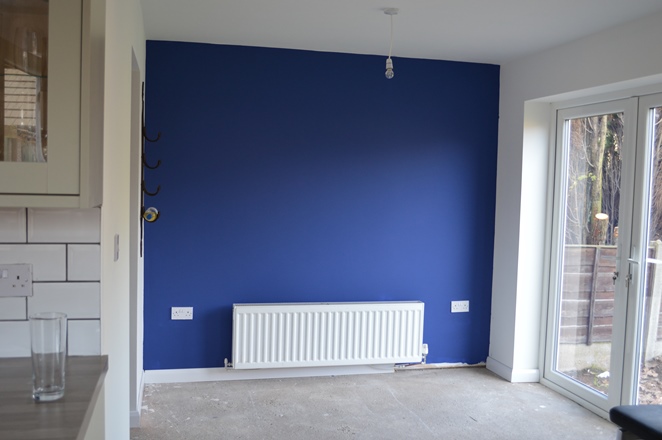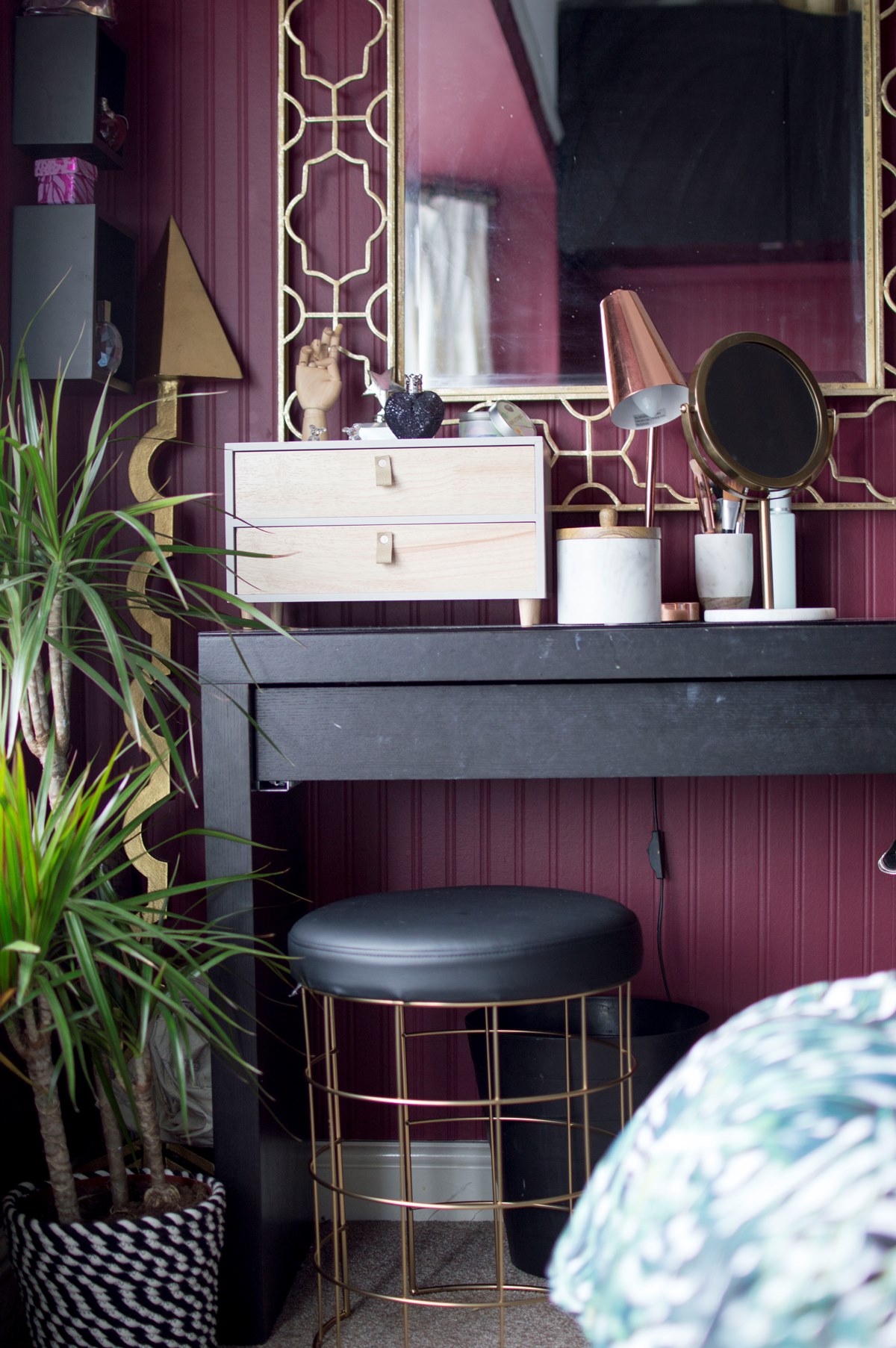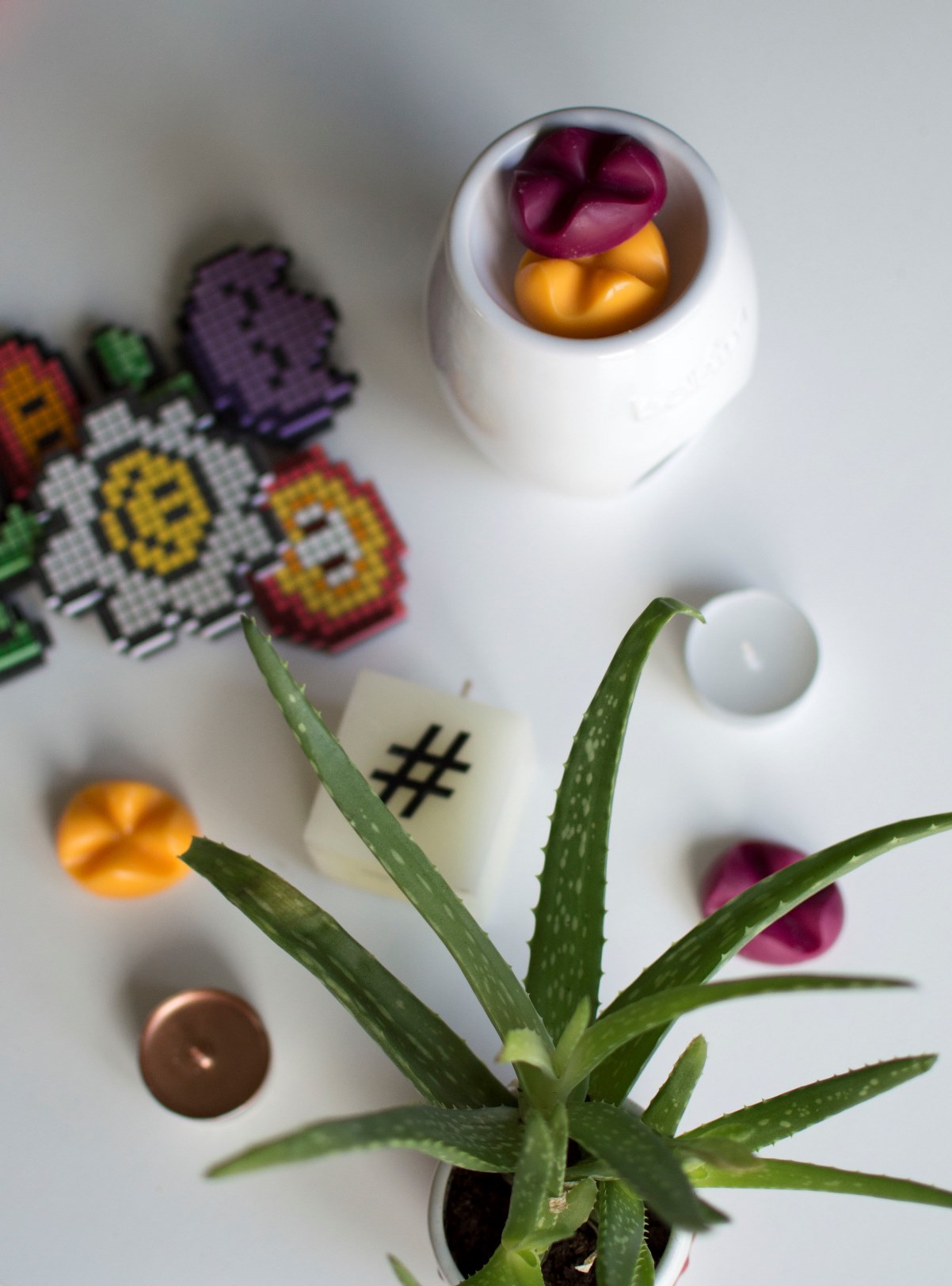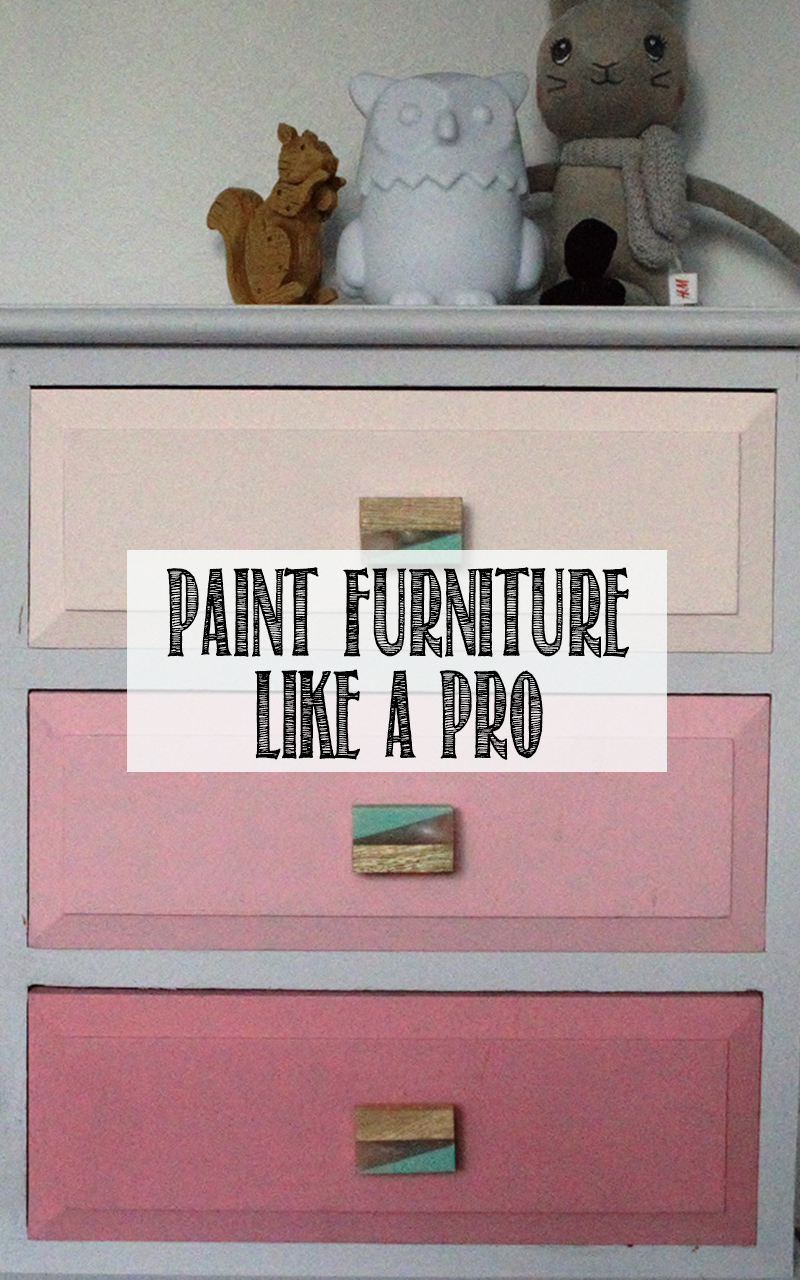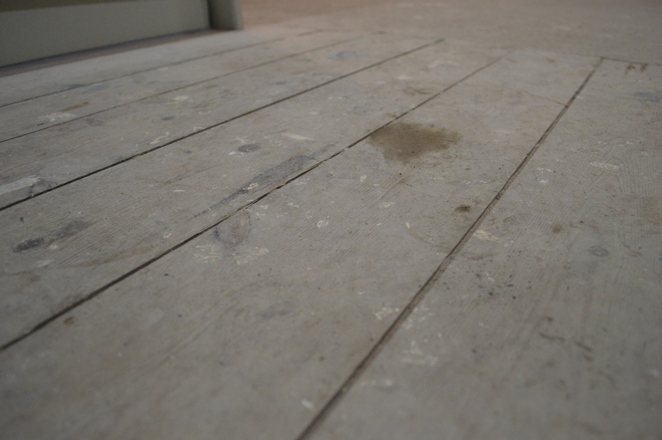
So. This is the current state of our kitchen floor. A sorry state between neglected floorboards and a slab of concrete. Time to tart it up I think.
Once the kitchen units went in after Christmas, we could finally see the proper colour of our worktops and units. Remember, they’d been locked away in boxes since we bought them in October and my mind tends to forget a lot these days!
We took a trip to a few local hardware stores, a typical weekend activity for us, in a bid to get a feel for what type of flooring we want to add to the kitchen. With the process feeling like it has taken forever (although 6 months isn’t too bad in the grand scheme of things) we’ve never really thought too hard about flooring because
1. There are so many options
2. We didn’t see the point when the kitchen wasn’t even fitted yet
3. We didn’t have the budget for a floor until the building work was completed.
Well, with the kitchen now finished, this is next on the agenda.
And as always with Joe and I the problems isn’t a lack of choice, it’s the sheer enormity of choice! If you’ve been following us for a while, you’ll know we’re pretty appalling at making a definitive decision.
So we’ve been bringing home samples. I’ve seen some amazing patterned vinyls, although I can’t make up my mind yet on how these feel on my feet. I think hardwood floors look beautiful in a kitchen, but I’m not sure how disciplined I am to take good care of it. Laminate floors are easy to maintain and there are plenty of designs to fit any kitchen. And then there are tiles, which I think have been Joe’s favourite so far.
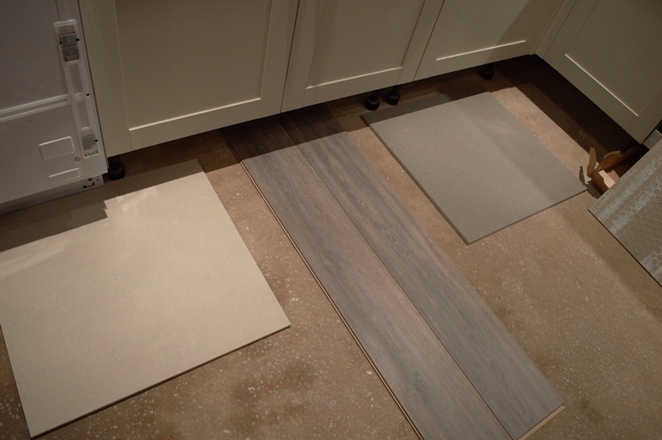
We put some samples down to see what we think, as I don’t think seeing them online or in a store gives the full effect. I loved them all, but think these particular colours weren’t right. The grey was too ‘matchy’ to our units, and the lighter colour – well, I think it would just look so mucky!
If anyone is in the same boat as me and struggling picking your kitchen floor, thankfully Will Furniss, co-founder of Manchester tiling specialists Stone Superstore, gave me some advice on how to choose kitchen floor tiles. We haven’t picked ours yet, but I’m aiming for this month to get it bought, delivered and fitted. Wish me luck!
What are the best flooring options for a kitchen?
If you’re going for a classic and elegant look, you can’t beat stone or porcelain tiles. I know I’m biased here, but lino or laminate just doesn’t compare once you’ve seen a stone floor. It’s high quality, it’s durable, it’s hygienic, and it’s really stylish – nothing else comes close.
Any pros & cons of these?
The durability of stone or porcelain has to be the biggest draw; it may cost more than say vinyl but it’s a long term investment – it really will last for decades. They’re certainly more hardwearing than ceramic or lino, and much more practical than wood thanks to better resistance to moisture and heat. As for cons, there are some myths to dispel here; stone doesn’t feel cold underfoot, there are plenty of finishes that are slip resistant, and resealing will only be necessary every year or so and can be done by anybody. It’s just important to choose the right stone, as softer stones will not wear very well and scratch easily, while the wrong finish might be too slippery for a kitchen or bathroom. Always discuss with the retailer if your choice is suitable.
How do you pick the best colour for a kitchen floor?
Think neutral and natural. Your flooring may be the biggest expense in your kitchen, so pick something that will go with the new cabinets or colour scheme you might want five years down the line. Other than that it really depends on the look you’re going for. A lighter floor shade will brighten up the whole room, and warmer brown shades would be perfect in a Mediterranean style kitchen, but grey limestone and marble are also popular with people creating contemporary kitchens. If you’re going contemporary, there are some really interesting porcelains on the market that will create a uniform, minimal look. As a general rule it’s better to have a tile with a good amount of surface interest in a kitchen as plan tiles will show up every bit of dust and dirt.
How do you work out how much flooring you require?
If you know what the surface area is, the rule of thumb is to order 10% more than you need. This will give you enough to take into account the cuts and waste (tiles that are cut to fit at edges or around appliances, or accidental breakages), so you can complete the installation without running out of tiles. In a smaller space there will generally be more cuts and waste, so it may be wise to order 15% more than you need. It’s always best to order all your tiles in one go, as there’s no guarantee the next lot you order will be from the same batch and look the same.
Should you match or contrast when it comes to your worktops and kitchen flooring?
Again, it depends on the look. Contrasting tumbled travertine with a wood block worktop looks fantastic in a more traditional design such as a Shaker or farmhouse kitchen, whereas in a contemporary kitchen you might opt to contrast a Corian surface with a clean looking porcelain tile.
How can you maintain flooring tiles over the years?
Stone tiles will need resealing every so often to help them withstand staining and spillages. There are plenty of DIY sealers available, but bringing in a professional restorer is a cost effective way of making your tiles look like new every couple of years.
Is it better to choose larger or smaller tiles?
Large tiles are best for flooring as they give the impression of more space – the more lines you have breaking up the floor, the busier it will appear.
What are the common mistakes people make when choosing their kitchen floor?
Opting for a cheap option is a big no! Cheap tiles are usually lower quality, especially when it comes to travertine – you really do get what you pay for. Make sure you’re getting premium grade where possible, and buy from an importer if you want to save some money by cutting out the middle man. But really, the worst sin you can commit is hiring a tiler who doesn’t know what they’re doing, or doing it yourself without proper research and preparation. With stone tiles it’s essential that the laying out, cutting, installing and sealing is done with real TLC, to ensure you’re happy with the finished result. If you’re not sure about anything, just ask an expert.
*This post was written in collaboration with Stone Superstore. You can read my full disclaimer here.

